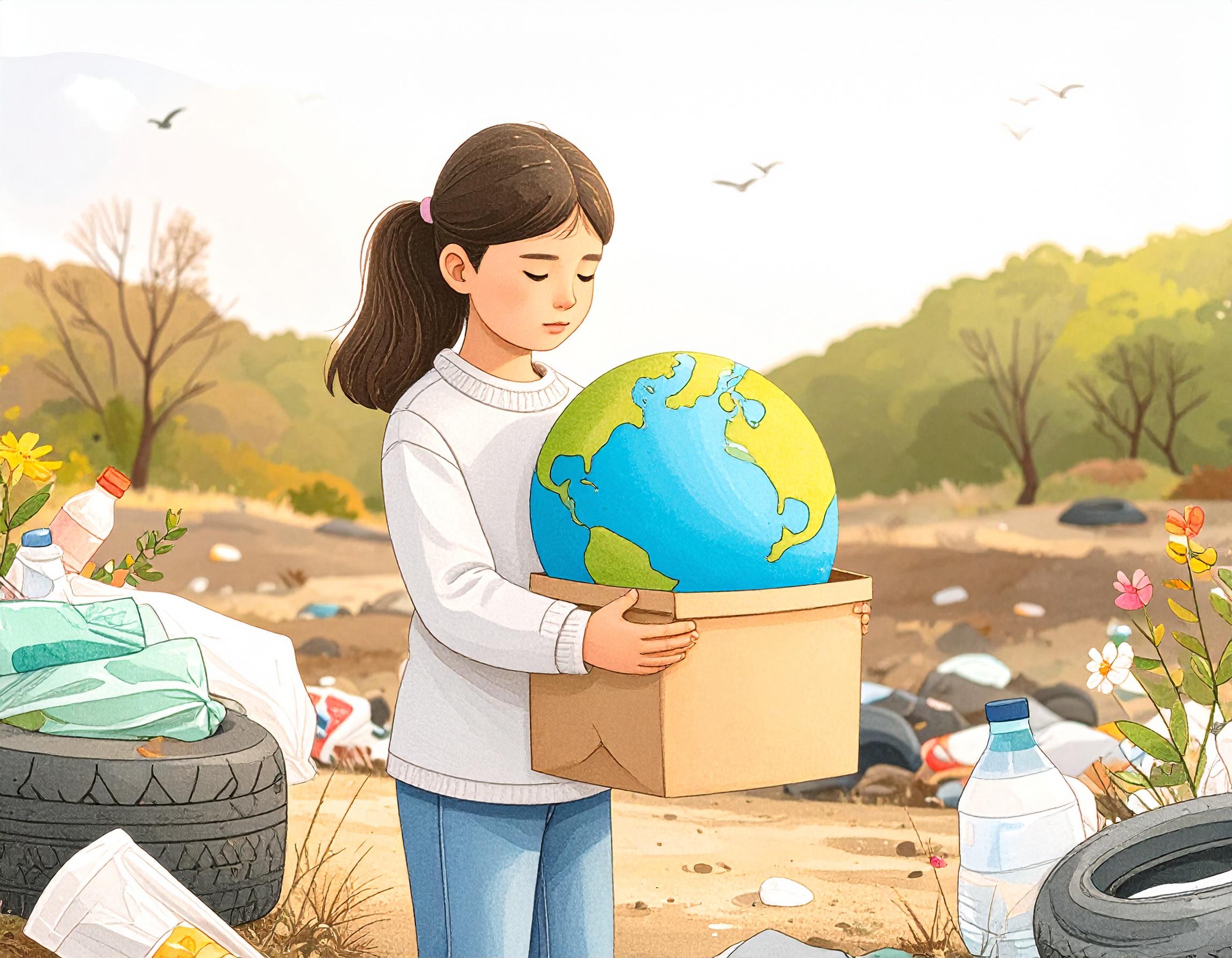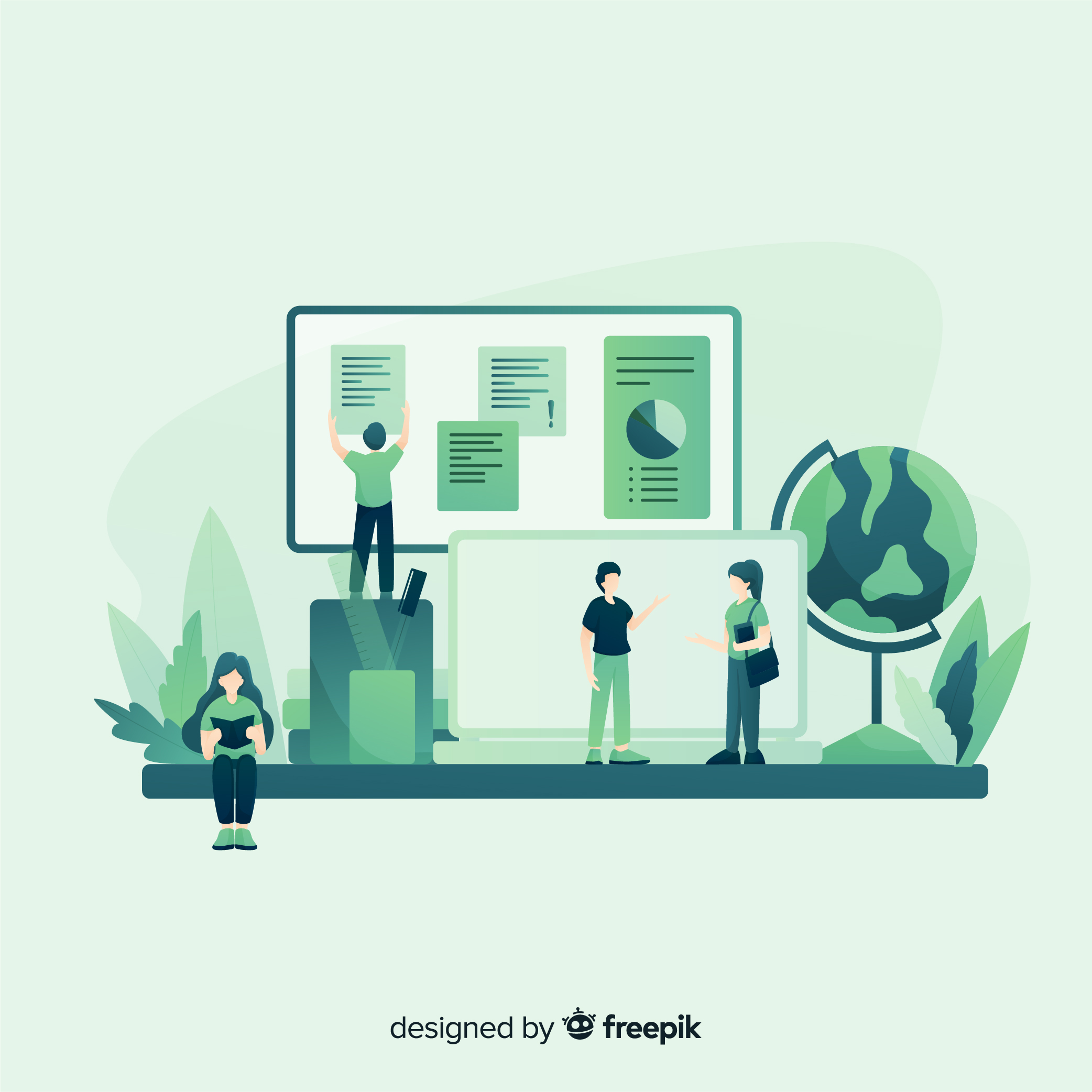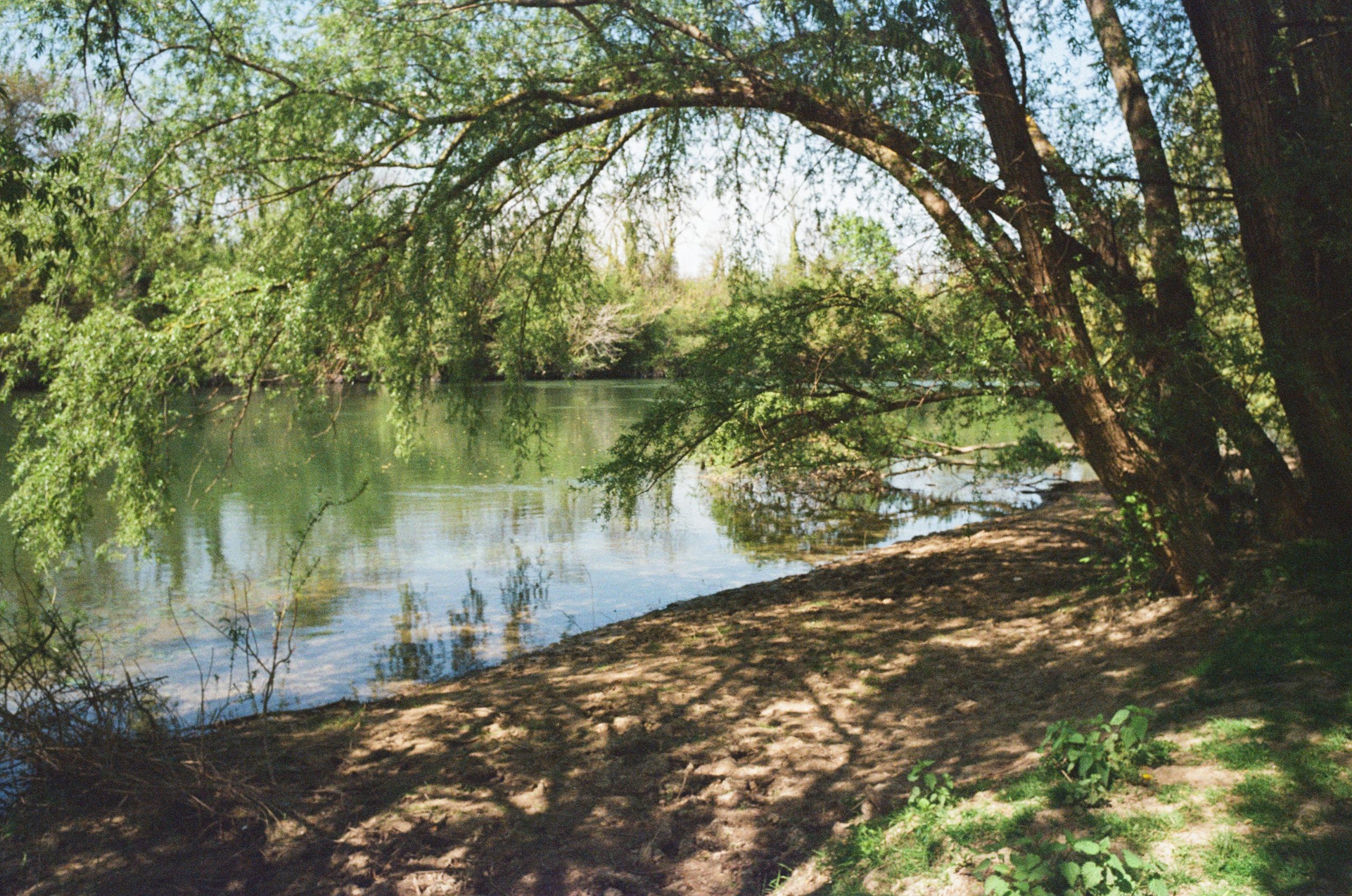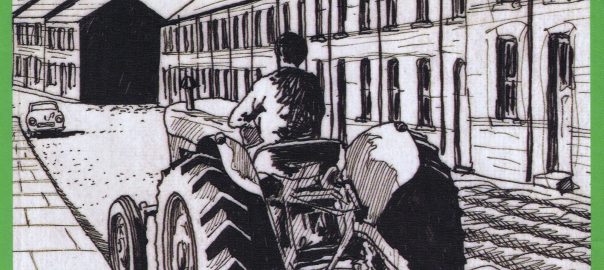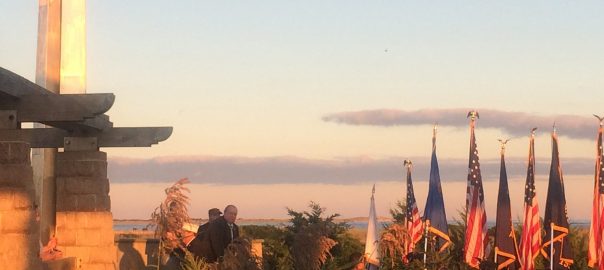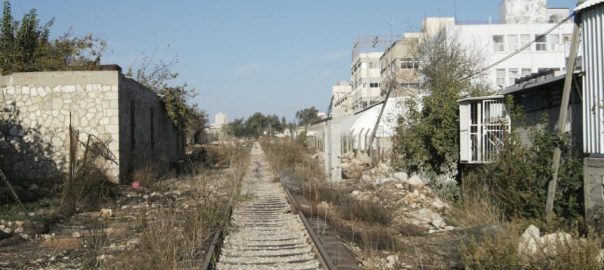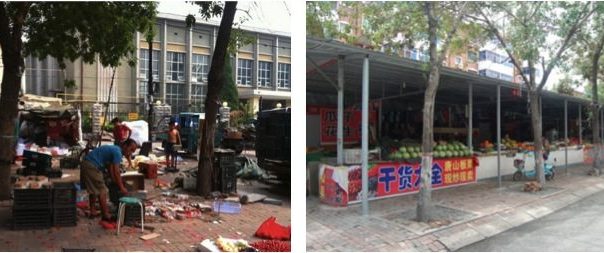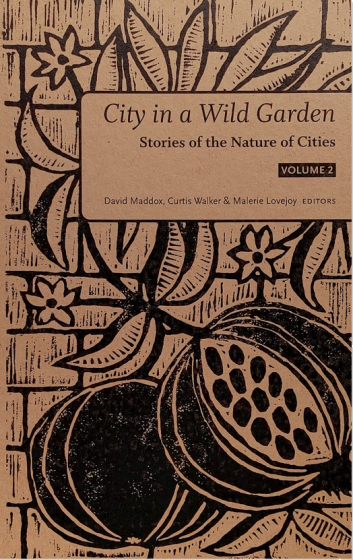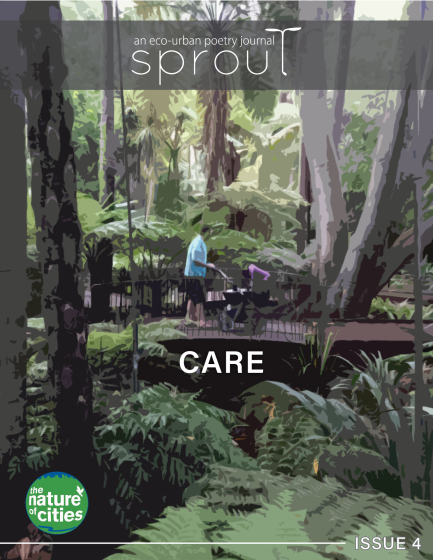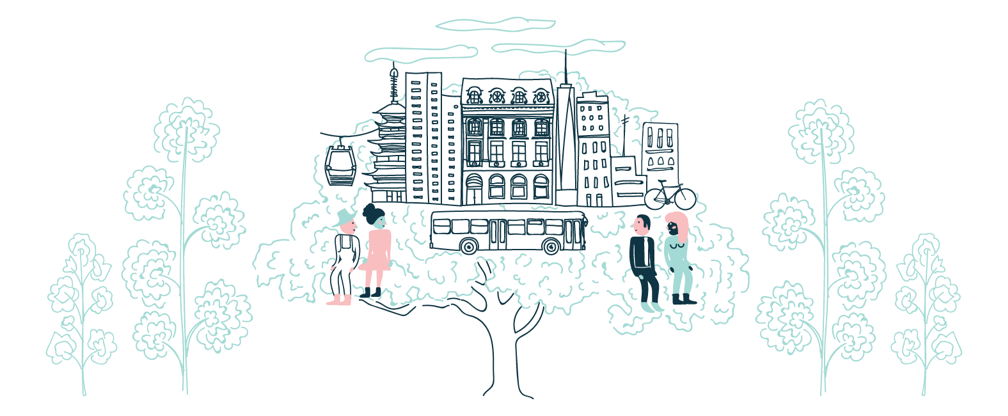ESSAYS | POINTS OF VIEW
-

The Youth Advocacy Playbook: How Youth Mobilize Knowledge for a #FossilFreeFuture
Global youth climate movements, such as Fridays for Future (FFF) to climate activists like Greta Thunberg, both center science for climate action. However, science is inadequate for solving…
-

Participatory Mapping of Networks of Care and Nature-based Solutions in Detroit
There are many different perspectives and visions for Detroit’s past, present, and future. Some of these perspectives have focused on the idea of emptiness, depicting spaces as lacking…
-
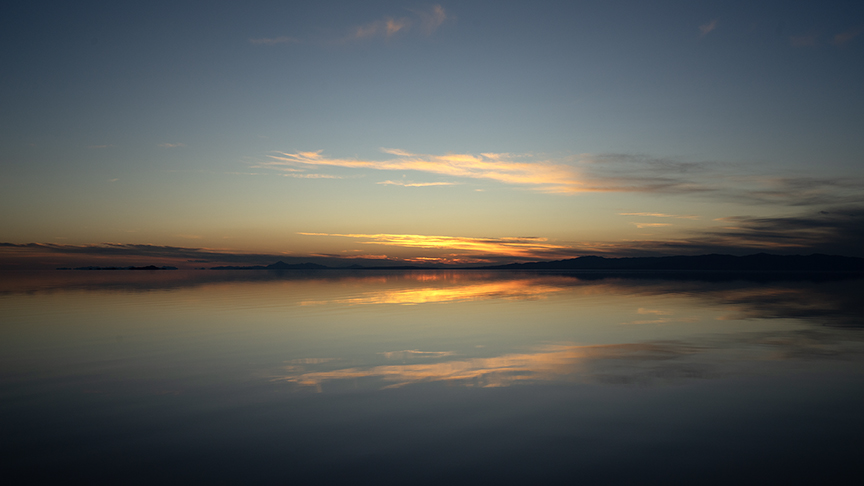
Great Salt Lake Part III: Finding joy in the smallest of things
Loving All That Remains I sifted through my memories and quickly found her. She was reflecting the sky above as if a mirror, solidifying their bond, widening the…
TNOC’S MISSION
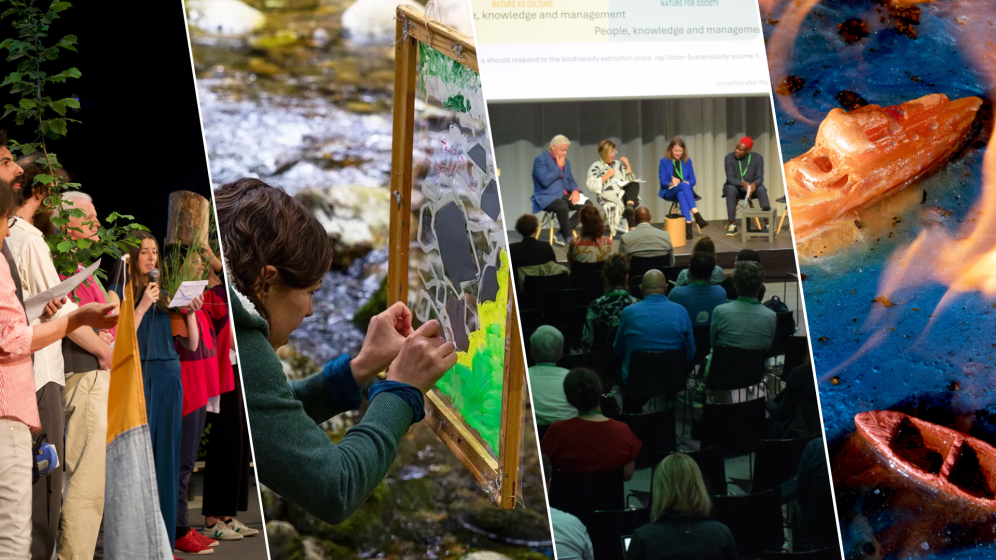
Cities and communities that are better for nature and all people, through transdisciplinary dialogue and collaboration.
We combine art, science, and practice in innovative and publicly available engagements for knowledge-driven, imaginative, and just green city making.
search tnoc
ROUNDTABLES | GLOBAL DISCUSSIONS
MORE VIEWS | FROM THE ARCHIVE
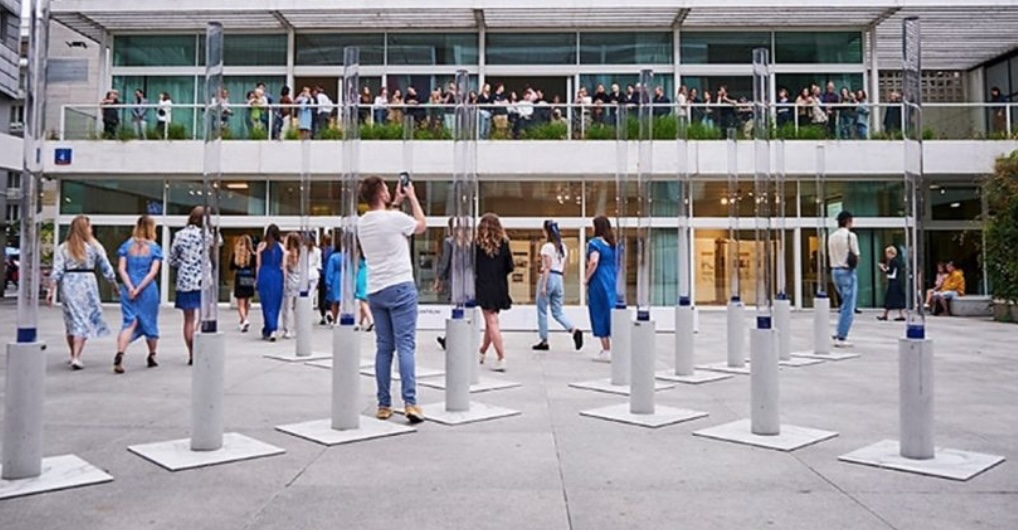
SUPPORT BETTER CITIES,
JOIN OUR NETWORK OF DONORS…
PROJECTS | ART, SCIENCE & ACTION, TOGETHER
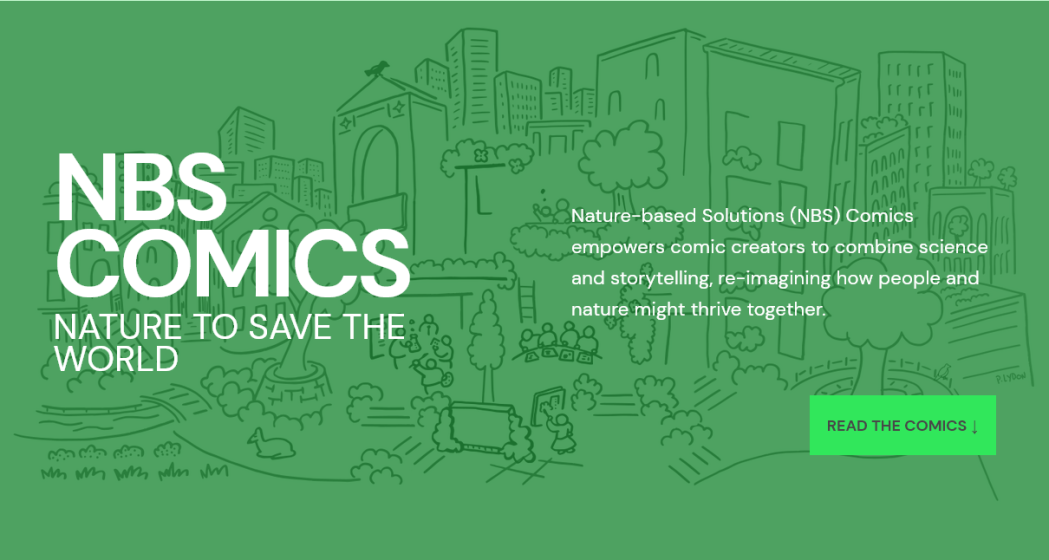
NBS COMICS: NATURE TO SAVE THE WORLD
26 Visions for Urban Equity, Inclusion and Opportunity
Now a global project with over ONE MILLION readers, we invite comic creators from all over the world to combine science and storytelling with nature-based solutions (NBS).
JOIN THOUSANDS OF READERS
AROUND THE WORLD…
MORE TNOC PROJECTS | ART, SCIENCE & SOCIAL JUSTICE
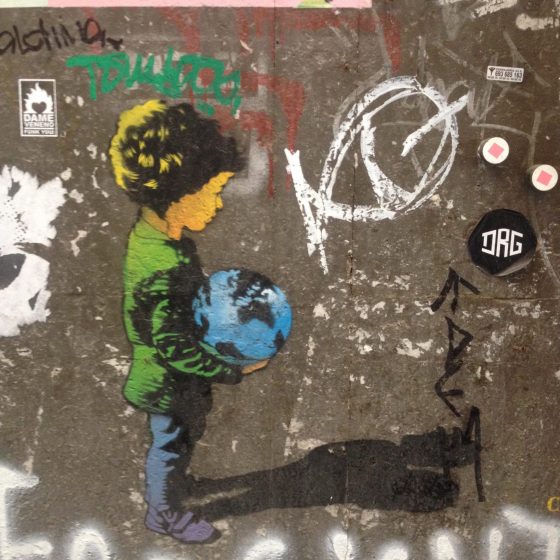
THE NATURE OF GRAFFITI
This is the nature of graffiti. It facilitates speech. It speaks to us. It stakes claims and makes statements. It tells stories.
The Nature of Cities hosts a public gallery about the graffiti and street art that motivates us in public places.
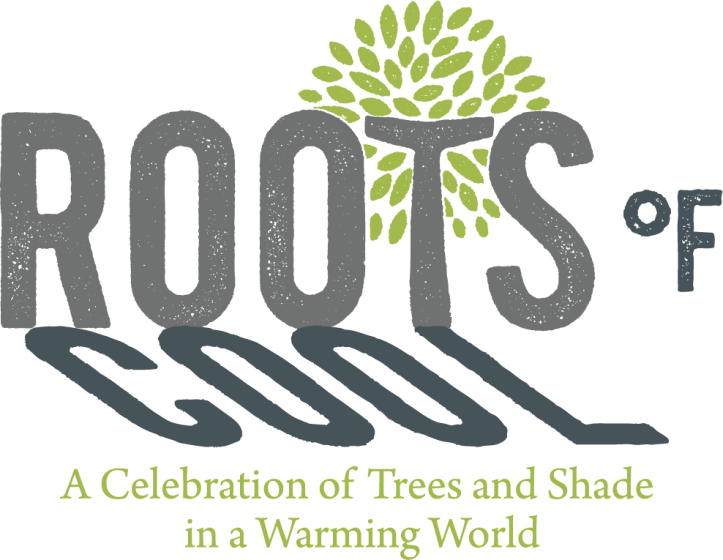
the roots of cool
As the world warms up, how are you thinking about the role that trees and shade can play in making your city or region livable?
Read and listen to the stories in this global collaboration between The Nature of cities & Descanso Gardens.


